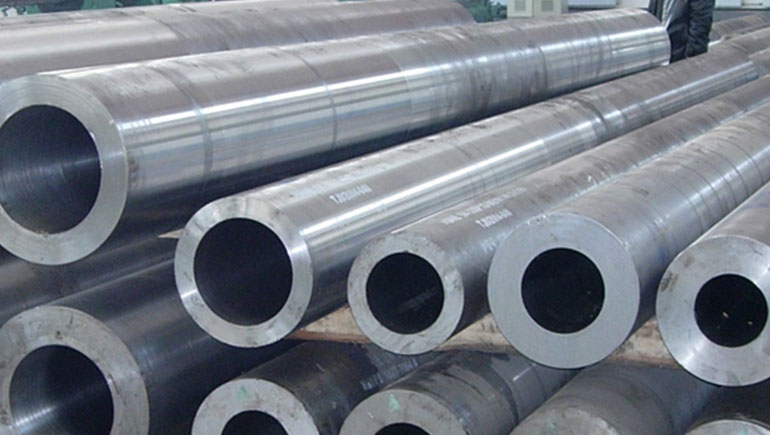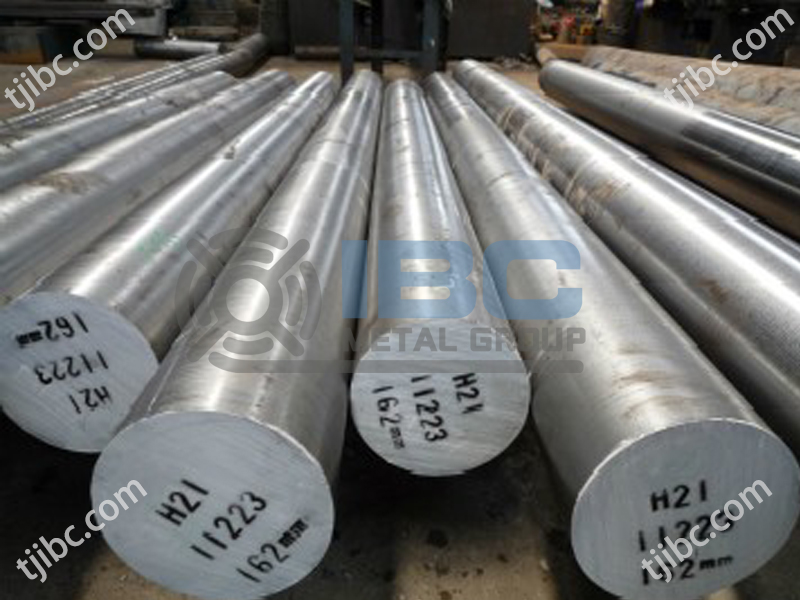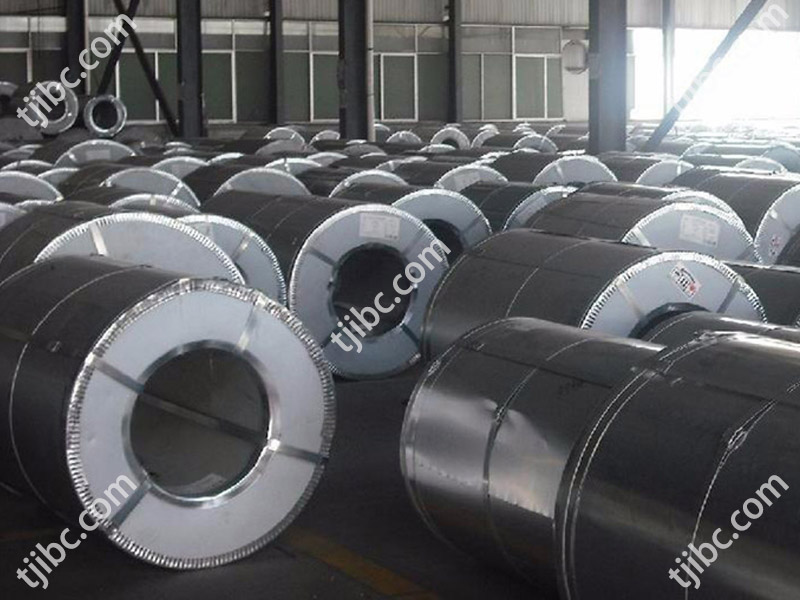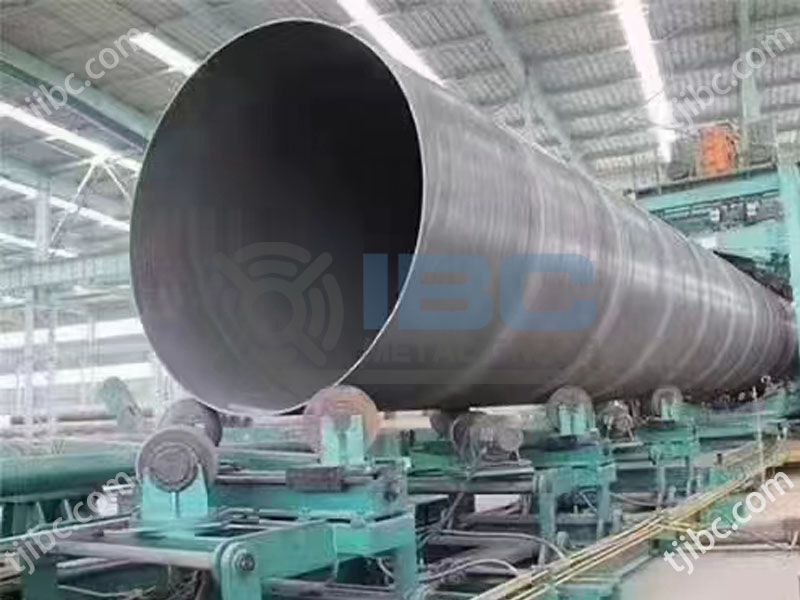What is Alloy Steel Pipe?
What is Alloy Seamless Steel Pipe? Alloy steel piping components are designed with a range of alloying elements ranging from 1 to 50%. These alloys give these pipes their extraordinary corrosion and oxidation resistance, no matter the stress-induced system they are used in. Furthermore, these pipes prove effective in a variety of temperatures and pressure systems. Furthermore, their weldability or threading capability is quite satisfactory when following standard procedures.
Alloys are created by combining and melting two or more metals or nonmetals, then cooling and solidifying to form a substance with metallic properties. One key benefit of alloy steel pipe is its 100% recovery rate, satisfying the governmental focus on energy savings and environmental protection. National policies also favor the production and utilization of alloy seamless steel pipe. Although there is plenty of room for growth in its current usage in our country, we can look forward to substantial advancement in this area.


What Requirements Should Alloy Steel Pipe Applications Meet?
The usage of alloy steel pipes in the transportation of various gases or liquids is of great importance. It must possess temperature resistance to be applicable to multiple temperatures for different materials. A corrosion-resistant material is particularly suitable as it can be employed in a variety of scenarios, greatly benefiting the user.
Alloy Steel Pipe Specification And Size :
Alloy seamless steel pipe common material: 16Mn, 12Cr1MoV, P22 (10CrMo910) T91, P91, P9, T9, WB36, Cr5Mo (P5, STFA25, T5) 15CrMo (P11, P12, STFA22), 13CrMo44, Cr5Mo, 15CrMo, 25CrMo, 30CrMo, 40CrMo, etc.. We should choose the material according to needs.
Superheater and Heat-Exchanger Tubes Seamless Ferritic and Austentic Alloy Steel Boiler,
- Executive Standard: ASTM A213
- Dimension (mm): Ø10.3~426 x WT1.0~36
- Steel Code / Steel Grade: T5, T9, T11, T12, T22, T91
Seamless Ferritic Alloy Steel Pipes for High Temperature Use
- Executive Standard: ASTM A335
- Dimension (mm): Ø1/4″~42″ x WT2~120mm
- Steel Code / Steel Grade: P5, P9, P11, P12, P22, P91, P92
For Mechanical Tubing Seamless Carbon and Alloy Steel
- Executive Standard: ASTM A519
- Dimension (mm): Ø16″~42″ x WT10~100mm
- Steel Code / Steel Grade: 4130, 4130X, 4140
Seamless Ferritic Alloy Steel Pipes for High Temperature Use
- Executive Standard: EN10216-2
- Dimension (mm): Ø8″~42″ x WT15~100
- Steel Code / Steel Grade: 13CrMo4-5, 1-CrMo9-10, X10CrMoVNb9-1, 15NiCuMoNb5-6-4
The performance of an alloy steel product is much higher than that of a carbon steel one. Although they cost lesser than stainless steel grades, their corrosion resistance properties are much lower than stainless steels but higher than carbon steel pipes.
Why are Alloy Steel Pipes More Widely Used Than Other Steel pipes?
There is a wide range of materials used for transportation in industrial production, and alloy steel pipe is only one of many options available. Many people choose this type of pipe for their own particular reasons. It has certain advantages, such as being lighter than other types of transmission lines when basic requirements are met. These characteristics and its relatively low cost make it an ideal choice for many applications. Consequently, it is often the material of choice when those looking to maximize profits opt to use alloy steel pipe.
Advantages of Alloy Steel Pipe
High strength
Because of the chemical combination of Mo and Cr, some types of alloy steel display a preference for chromium-molybdenum tubes. Molybdenum enhances the strength, ductility, wear characteristics, impact capabilities, and temperability of steel while chromium strengthens its tensile strength, yield strength, and hardness. Thanks to their composition, chromium-molybdenum alloy steel tubes are ideal for applications in power plants, refineries, petrochemical installations, and oilfield services where fluids and gases must be transferred at very high temperatures and pressures.
Corrosion resistance
Metals undergo an oxidation reaction when they come in contact with oxygen, resulting in corrosion. As a result of chromium’s oxidation resistance at high temperatures, alloy steels are more corrosion resistant than most metals. As a result, they maintain their integrity longer than other metals, particularly in marine environments where corrosion is particularly severe.
Low Expansion
There are alloy steels that have a very small thermal expansion or a very consistent and predictable expansion pattern over a particular temperature range. For example, Fe-36% nickel alloys rarely expand at all when exposed to mild temperature changes. This makes them useful for pipes that must maintain uniform shape and size even in high-temperature environments. By combining nickel and iron with cobalt, high-strength alloy steels are produced with a constant modulus of elasticity and a low coefficient of expansion.
Shape Memory
In some cases, a metallic material needs to be able to revert to its previous shape when heated. This material is called a shape memory alloy and is scarcely available today. Among the most prominent shape memory alloys are nickel-titanium alloys and steel alloys with this feature.
Magnetic Permeability
Alloy steels also have unique and interesting magnetic permeability properties. This makes them an essential component in the design of switchgear, DC motors, and generators.
Conclusion
Seamless steel pipes are a hollow section of metal with no weld seams, making them ideal for conveying fluids like oil pipelines, natural gas pipelines, and various liquids or solids. At IBC Metal Group we have amassed two decades’ worth of knowledge in the production and sales of carbon steel, alloy, and stainless steel piping materials. Our expertise in the Oil & Gas, Water, Mining, Marine sectors and infrastructure make us an ideal source for consultation.

Contact with IBC Metal Group Today!



